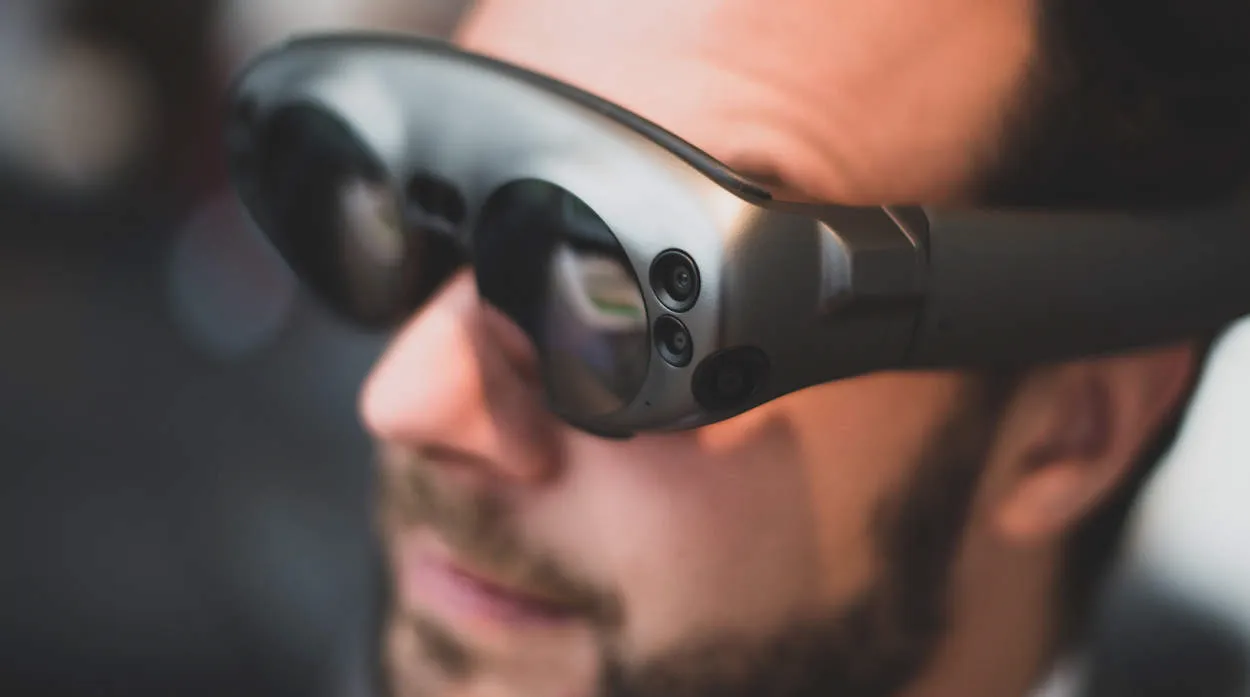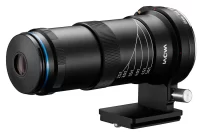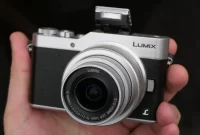The future of photography is being shaped by European camera technology trends. From innovative sensor technology to advanced autofocus systems, European companies are leading the way in revolutionizing the art of capturing moments. This article explores the latest advancements and predicts how European camera technology will redefine the photography industry.
Exploring the Potential of Artificial Intelligence in Cameras
The future of photography is being shaped by European camera technology trends that leverage the tremendous potential of artificial intelligence (AI). As AI continues to advance, cameras are becoming smarter and more intuitive, revolutionizing the way we capture and interact with images.
One of the key areas where AI is making a significant impact is in image recognition and scene detection. Advanced algorithms enable cameras to automatically identify objects, people, and landscapes, resulting in intelligent autofocus and exposure adjustments. This technology allows photographers to focus on their creativity while the camera takes care of technical aspects, ensuring optimal results.
Furthermore, AI-powered cameras are enhancing the overall photography experience through features like real-time composition analysis and image enhancement. By analyzing composition elements such as lines, shapes, and colors, cameras can provide suggestions to improve framing and balance. With AI, photographers can assess the potential of a shot even before pressing the shutter button.
Another fascinating application of AI in cameras is in post-processing capabilities. Cameras now have the ability to automatically enhance images, adjusting brightness, contrast, and color levels, or even removing unwanted elements. These automatic adjustments save time and make it easier for photographers to achieve stunning results.
European camera technology trends also focus on the integration of AI with connectivity features. Cameras can now connect to various devices and platforms, enabling seamless sharing and synchronization. This allows photographers to instantly transfer images to their smartphones or upload them to cloud storage, making the workflow more efficient and convenient.
As the future unfolds, we can expect AI to continue revolutionizing the world of photography. European camera technology trends are leading the way in harnessing the potential of artificial intelligence, empowering photographers with innovative features and unparalleled convenience. With AI-powered cameras, the possibilities are endless, and the future of photography is brighter than ever.
Understanding the Impact of Computational Photography
As the photography industry continues to evolve, the emergence of computational photography has brought about significant changes. This article aims to explore the impact of computational photography and its implications for the future of photography.
-
Advancements in Image Processing
Computational photography relies heavily on advanced algorithms that process multiple images and combine them to create a single enhanced photo. These algorithms have revolutionized image processing techniques, allowing for remarkable improvements in dynamic range, low light performance, and overall image quality.
-
AI-powered Techniques
Artificial Intelligence (AI) plays a crucial role in computational photography. It enables smartphones and cameras to recognize scenes, objects, and faces, providing intelligent auto settings that optimize the image capture process. Additionally, AI-driven features like portrait mode and bokeh effects have become increasingly popular among photographers.
-
Extended Capabilities
Computational photography has expanded the possibilities of what can be achieved within a single photograph. Features such as live photo effects, panoramic stitching, and even night mode capabilities have become common, allowing photographers to capture stunning shots in various challenging conditions.
-
Shifting Creative Boundaries
With computational photography, traditional photography boundaries have been pushed. New artistic possibilities have emerged, enabling photographers to experiment with different effects and perspectives. The blending of technology and artistry offers photographers more flexibility and freedom to express their creativity.
These advancements and developments in computational photography underscore the ongoing transformation of the industry. It is clear that understanding the impact of computational photography is essential in recognizing the role it plays in shaping the future of photography.
Exploring the Rise of Compact and Lightweight Camera Designs
The Future of Photography: European Camera Technology Trends
In recent years, there has been a noticeable shift in camera designs towards compact and lightweight models. This evolution can be attributed to the advancements in European camera technology, which have paved the way for smaller yet powerful devices.
One of the key factors driving this trend is the growing demand for convenience and portability among photographers. Compact cameras are now capable of delivering professional-level results, making them a popular choice for enthusiasts and professionals who are always on the go.
European camera manufacturers have been at the forefront of this innovation, constantly pushing the boundaries of what is possible in terms of size and weight reduction. Through meticulous engineering and the utilization of cutting-edge materials, they have created camera bodies that are significantly lighter and more portable than ever before.
Another contributing factor to the rise of compact and lightweight camera designs is the increasing popularity of mirrorless technology. Unlike traditional DSLRs, mirrorless cameras eliminate the need for a bulky mirror mechanism, resulting in a more compact form factor.
This shift towards smaller camera designs has not compromised the quality of the images produced. European camera manufacturers have invested heavily in research and development to ensure that the image sensors, processors, and lenses used in these compact models deliver exceptional image quality and performance.
Additionally, advancements in image stabilization technology have made it possible to achieve steady shots even with smaller and lighter camera bodies. This further enhances the appeal of compact cameras for photographers who value versatility and mobility.
Looking ahead, it is evident that the rise of compact and lightweight camera designs will continue to shape the future of photography. European camera technology trends suggest that we can expect even smaller, more capable cameras in the coming years, catering to the evolving needs of photographers worldwide.
Discovering the Advancements in Low-Light Performance
As we delve into the future of photography, it becomes increasingly evident that European camera technology trends are pushing the boundaries of low-light performance. The ability to capture stunning images in challenging lighting conditions has become a sought-after feature for professional and amateur photographers alike.
One of the key advancements in low-light performance is the development of larger image sensors. European camera manufacturers have been investing heavily in research and development to create sensors that can capture more light, resulting in superior image quality. The use of these larger sensors allows for higher ISO sensitivity without sacrificing image detail or introducing excessive noise.
In addition to larger sensors, another trend in European camera technology is the implementation of advanced image stabilization systems. These systems help compensate for camera shake, enabling photographers to capture sharp and clear images even in low-light situations where longer exposure times are necessary. The combination of improved image stabilization and larger sensors opens up new possibilities for low-light photography.
Furthermore, European camera manufacturers are also incorporating innovative noise reduction algorithms into their devices. These algorithms intelligently analyze and reduce noise, resulting in cleaner images with minimal loss of detail. This advancement allows photographers to confidently push the limits of low-light photography without compromising on image quality.
Moreover, the integration of faster and more precise autofocus systems in European cameras is another notable advancement in low-light performance. These autofocus systems enable photographers to lock onto subjects quickly and accurately, even in dimly lit environments. The combination of superior autofocus capabilities with the aforementioned technologies ensures that photographers can capture decisive moments in challenging lighting conditions with ease.
In conclusion, European camera technology trends are paving the way for remarkable advancements in low-light performance. The combination of larger image sensors, advanced image stabilization, noise reduction algorithms, and improved autofocus systems empowers photographers to explore new creative possibilities and capture stunning images even in the most challenging lighting situations.
Conclusion
In conclusion, European camera technology is shaping the future of photography with its innovative features and advancements. The integration of artificial intelligence, improved image sensors, and advanced software has revolutionized the way we capture and experience photographs. With European manufacturers leading the way, we can expect even more exciting developments in the field of photography in the coming years.




